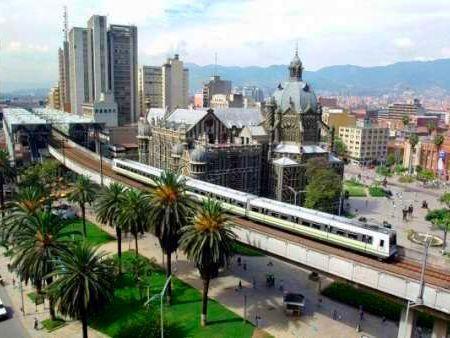Medellín, Antioquia, Colombia
Suggest Place to Visit
2877
Track to location with GPS |
 |
10,500 years ago the Aburrá Valley was traveled by tribes of hunters and gatherers. When the Spanish conquerors arrive, they already find a large native population settled, which put up little resistance. They were bores, yamesis, kids, ebéjicos, noriscos and peanuts, which, it is calculated, were there since the 5th century BC. They had large crops of corn and beans, raised curies and dumb dogs, wove cotton blankets and traded salt. And they were not unaware of goldsmithing. Under Spanish rule they were divided into encomiendas and displaced from their lands. Desertion, mistreatment, disease and hard intensive work in the land and mines, in a few years decimated them.
Discovery of the valley and first Spanish settlements
Marshal Jorge Robledo was in the middle of August 1541 in what is now known as the municipality of Heliconia, in the west, when he thought he had seen that, below, between the mountains, there was a valley. At that moment, he ordered Jerónimo Luis Tejelo to go exploring, and on August 23, at night, he reached the flat terrain that Robledo had seen. The Spanish baptized the valley as San Bartolomé, although the name taken later was Aburrá, an indigenous word that translates as "pintadera", perhaps because of the textile trade they exercised. The bellicosity and poverty of the Indians, as well as the absence of wealth, discouraged the establishment of Spaniards in the Aburrá valley. In 1574, Don Gaspar de Rodas asked the Antioquia town hall for four leagues of land to found herds and food ranches in the valley, and he was granted three.
The visitor Francisco de Herrera Campuzano founded in 1616, with 80 indigenous people, the Poblado de San Lorenzo, in the current El Poblado Park, in itself, it was a reservation for the protection of the indigenous. Because the racial segregation laws prevented mestizos and mulattos from establishing themselves in the indigenous reservations and, also due to the precarious living conditions of San Lorenzo, procedures were carried out for the construction of another town on the angle formed by the river. Medellín (formerly Aburrá) and the Santa Elena stream, a place called by the native Aná site and by the Spanish Aguasal. Finally in 1646 the new town was established, which in 1649, after the construction of the first church of walls and tiles, which was consecrated to the Virgen de la Candelaria, the site began to be called with the name of Our Lady of the Candelaria de Aná. The site of Aná, where this town was built, currently corresponds to the center of Medellín, where the Parque Berrio is, and where the Church of La Candelaria was built.
The town is born
As the exploitation of the rich gold deposits in the northeast of the Antioquia province required agricultural products and meat to feed the miners, the Aburrá Valley became a pantry to supply these workers. In addition to the agricultural activity, its strategic position was also important, between the mining region and Santa Fe de Antioquia, which acted as the capital of the entire province and of the Government of the same name. The strength of what is now Medellín contrasted with the aging and impoverishment of the old capital, and the outstanding figures of Antioquia began to spend long periods in the valley, while buying land here. Since 1670 the desire to have a council began to develop among the inhabitants of La Candelaria de Aná, which implied administrative autonomy from the city of Antioquia. On March 20, 1671, Francisco de Montoya y Salazar, governor of the Province of Antioquia, decreed the foundation of the Villa de Nuestra Señora de la Candelaria de Aná, considered the most appropriate, since more than thirty families of Spaniards were gathered there. and many others of mulattoes and mestizos. This foundation did not have the effect that a given by means of a royal certificate could have, in addition, the inhabitants of the city of Antioquia opposed it, since they intuited that its preponderant role would be diminished with the erection as a town of that town, for which it was managed to obtain confirmation in villa by royal mandate.
After many disputes and attempts by the residents of the city of Antioquia, in 1675 the royal decree signed by the Queen Regent, Mrs. Mariana of Austria, dated November 22, 1674, arrived. On November 2, 1675 it was up to the governor and general capital of the Province of Antioquia, Miguel de Aguinaga y Mendigoitía, to proclaim the creation of the Villa de Nuestra Señora de la Candelaria de Medellín.
Later, on February 9, 1678, the Council of the Indies granted the new town the same weapons as the homonymous town in Extremadura, but the duration of these weapons for the town of Candelaria de Medellín was very short, since King Carlos II, by means of the royal certificate given in Madrid on March 31 of that same year, granted a new and definitive shield.
First territorial divisions
Before its erection as a town, the inhabitants of what is now Medellín were scattered throughout the valley, and only some were concentrated in the corner formed by the Aná ravine (today Santa Elena) and the Medellín river, in the so-called site of Aná, while others were located in El Poblado de San Lorenzo. When the legal obstacles and the complaints of the residents of Antioquia were finally overcome, and the erection as a town was proclaimed, the site of Aná was chosen as the location of the new city, with the church of La Candelaria as the center. This presented the inconvenience that the Plaza Mayor, today Parque Berrío, was only a few blocks from the Aná ravine, which made future expansion difficult. In addition, on the land of the new town there were properties of mestizos, Indians and mulattos, and, as it was decided to respect them, the blocks could not be divided into fourths or eighths, so that this first layout, especially on the shore of the creek, it was quite irregular. The geographical accidents did not help much either, and the Medellín river, to the west; the Aná ravine, in the north, and the Gualteros ditch, in the east, meant that of the 64 blocks initially projected, only about 18 could be built.
The constructions were characterized by having tile or straw roofs and being made of adobe, and the residences of the notables had two floors. Neither the church of La Candelaria nor the seat of the council stood out particularly for their splendor. It was only well into the 18th century when collections were made for the decoration and remodeling of the temple. The town hall was a single-story construction, located on the western side of the plaza, which had a thatched roof until 1742, when that material was changed to tiles. The square only came to have a font or fountain at the end of the 18th century.
Medellín is a Colombian city and municipality, capital of the department of Antioquia, located in the northwest of the country, in the center of the Aburrá Valley located in the Central Cordillera and crossed by the Medellín River. According to the 2005 census data, it has a population of 2,223,078 inhabitants, which makes it the second most populated in Colombia, only surpassed by Bogotá. For its part, the metropolitan area of the city, made up of 9 other municipalities, has a population of 3,312,165 inhabitants, this being the second urban agglomeration in the country and the ninety-first (91st) in the world.
As the capital of the department, Medellín houses the headquarters of the Government of Antioquia, the Departmental Assembly, the Departmental Court, the Metropolitan Area, the General Prosecutor's Office, Institutions and State Bodies; In addition, it is the headquarters of official companies, such as the departmental EDATEL, Teleantioquia; and the municipal Empresas Públicas de Medellín -EPM- and Telemedellín. On an economic level, it stands out as one of the main financial and industrial centers of Colombia, home to numerous national and international companies.
In addition, the city stands out as one of the main cultural centers of Colombia. It is also home to important festivals with a long history and recognition both locally, nationally and internationally. Likewise, academic and scientific activity stands out, since some of the most important Colombian universities have their headquarters in the city.
The latitude and altitude of the city result in a sub-humid subtropical climate. The temperature of Medellín is determined by the thermal levels that go from the páramo (which is equivalent to 3 km² of the territory), passing through the cold (192 km²) until reaching the middle (185 km²), where the urban area is located, which it has a temperature that ranges between 16 and 28 ° C or 60 and 82 ° F. The highest temperatures range between 27 and 28.6 ° C, with an absolute maximum of 32 ° C. And the lowest ranges around 16 ° C, with an absolute minimum of 10 ° C. The beginning and the middle of the year are dry seasons, the rest the climate is variable, rainy in some seasons. Average annual rainfall is moderate: 1,656 mm, and is not the same throughout the valley. It rains more south than north.
Due to its location between mountains, Medellín is a city with light winds. Most of the time the breeze refreshes the inhabitants. The wind regime is determined by the dominant northeast trade winds and the warm air masses that rise from the lower valleys of the Cauca and Magdalena rivers, with a predominance of movement in the northern area of the Aburrá Valley, which causes the wind to blow in a north-south direction.
It should be noted that all these conditions vary according to the climatic changes originating in the Pacific Ocean, called the phenomenon of the boy and the girl. Then there is more rain or more drought.
The climate of Medellín has traditionally had a good reputation, and this has earned it the nickname of the City of Eternal Spring.
Medellín is the second most important economic center in Colombia. The city represents more than 8% of the National GDP and together with the Aburrá Valley they contribute about 11%, being one of the most productive regions of the country. It has a GDP per capita (with PPP) of US 3,794 higher than the other main cities in Colombia and a business density is 25 companies per 1,000 inhabitants, which is the second highest in Colombia.
Industry represents 43.6% of the gross domestic product of the Aburrá Valley, services 39.7% and commerce 7%. The industrial sectors with the highest participation in the added value generated in the Metropolitan Area are textile companies, with 20%; substances and chemical products, with 14.5% food, with 10% and beverages with 11%. The remaining 10% comprises sectors such as metalworking, electrical and electronic, among others.
The textile and clothing industry is today one of the great exporters of products to international markets; the development in these sectors has turned the city into an important center of Latin American fashion; in fact, two of the most important specialized fairs in Colombia take place in Medellín: Colombiatex and Colombiamoda.
In the last three decades there has been a significant diversification of the economic structure of the city, with the development of other subsectors, such as intermediate goods and capital goods.
In the tourism sector, Medellín has advanced to become the third tourist destination for foreign visitors visiting Colombia. Between 2005 and 2006, the number of foreigners who had Medellín as their final destination grew by 33.4 percent, from 71,213 to 95,026 visitors. As of July 2007, that number was 62,003, which represents an increase of 20.7 percent in relation to what was registered in the same period of 2006. These advances are mainly generated by business tourism, fairs and conventions, and tourism medical thanks to the excellent level of the city, particularly in the field of organ transplants.
The city is part of the comprehensive economic system of the department of Antioquia, which contributes 15% of the national GDP. The city and the department have experienced an acceleration in many of their economic fields since 2000, which has made Medellín one of the most thriving cities in Latin America today.
Cluster Community
With the growth of the economy and exports, several challenges arose for the industry of Antioquia and Medellín: diversifying the export base, developing an advanced human resource, and improving internal conditions for foreign investment. Antioquia is the most exporting department in Colombia, which is why about 500 new tariff positions were included in the export portfolio and it went from 990 to 1,750 exporting companies in the last five years. A good proportion of these companies belong to the first Cluster Community of Colombia, created with the support of the Medellín Chamber of Commerce for Antioquia and the Mayor's Office of Medellín, and to which about 21,000 companies belong with a 40 percent stake of total exports, 25 percent of regional GDP and 40 percent of employment in the Metropolitan Area.
Clusters are understood as a geographic concentration of companies and institutions that interact with each other and that by doing so create a business climate to improve their performance, competitiveness and profitability.
Electric energy, Textile / Clothing, Design and Fashion, Construction, Business Tourism, Fairs and Conventions, are the clusters that are constituted.
In addition, it is expected that in the medium term the Health sector will be part of the Cluster Community.
Medellín is predominantly associated with industrial and commercial activities, but the cultural, artistic and scientific life of the city is much more extensive, which is reflected for example in the works of artists who have left their mark all over the world; Among them are Rodrigo Arenas Betancur, Fernando Botero, Débora Arango and Pedro Nel Gómez. The International Poetry Festival carried out by the city is unique in Colombia, and Medellín is the city with the largest number of standing sculptures in that country. The local gastronomy is very authentic, its international gastronomy exquisitely gourmet, and its nightlife, varied and safe.
Medellín's cultural life is constantly evolving, and constantly receives the support of the local public and private institutions. Among the main examples of this commitment of the Mayor's Office to the city are the Museum of Antioquia and the Plaza Botero; It is also interesting to highlight the Medellín Children's and Youth Orchestra, made up of 120 boys between 12 and 18 years old, the Antioquia Folkloric Ballet, and the network of libraries.
Events
• Flower Fair. It is the most representative event in the city of Medellín. It takes place at the end of July until the beginning of August. The Fair, in addition to many other activities and celebrations, has as its main axis the Silleteros Parade, a showy parade of huge and artistic flower silletas carried on their backs by their own growers and already well known internationally.
• International Poetry Festival. This is an annual congregation of poets from almost all over the world, who deliver their poems and readings to the public in a peculiar mass way in parks, auditoriums, popular neighborhoods and towns near Medellín. This event has been awarded the Alternative Nobel Prize, a prelude to the Nobel Peace Prize, by the Right Livelihood Foundation in Sweden, and its objective is to fight for peace through poetic art. The XVII International Poetry Festival of Medellín was held between July 14 and 22, 2007, with the participation of more than 80 poets from around 55 nations.
• International Tango Festival. Annual popular celebration, an expression of the tango culture that Medellín adopted as its own. This is a legacy of the bard Carlos Gardel, who died in this city in a plane accident in 1935. Among the Festival activities, La Tangovía stands out, where people take to the streets en masse to dance, listen to tango, milonga and obviously have fun at the behest of culture.
• International jazz festival. The Medellín Jazz Corporation annually organizes this now traditional festival, with the participation of the most reputable exponents of this musical genre. The XI International Jazz Festival of Medellín was held in September 2007, in which musical genres such as jazz, flamenco music, salsa, Latin jazz, Cuban and Colombian jazz were heard.
• Book Fair. One of the most important cultural events in Medellín, the Medellín Book Fair is celebrated with the participation of national and international authors and exhibitors of all genres. It is sponsored by the Mayor's Office of Medellín.
• Festival of Humor. Annual celebration of laughter, humor, trovas, comedy and uncomplicated life, held at the Metropolitan Theater of Medellín with the participation of humor artists from all over the country and abroad, and which aims to cultivate and preserve good humor as an important expression cultural, in addition to maintaining in the community a sustainable pool of artists related or dedicated to it.
• Parade of Myths and Legends. On the night of December 7 of each year, the night of lights, the center of the city is adorned with the parade that, amid costumes, songs and troupes, evokes the best-known myths and legends of the region: Mother Monte , The headless priest, The green lady, The hat, The weeping woman and many more.
Comments
We don´t have yet any comments about:
Medellin
Medellin
Be the first to leave a comment as it is very important to inform other people
Outros locais a visitar
Within a radius of 20 km from:Medellin
Nutibara Hill |
| 0,6 Km |
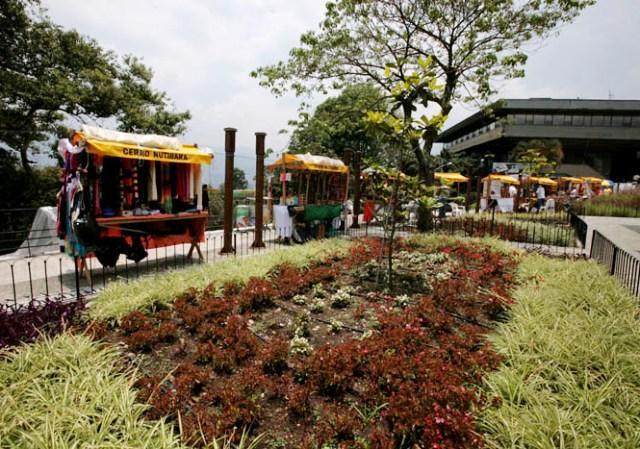 |
La Alpujarra Administrative Center «José María Córdova» |
| 0,9 Km |
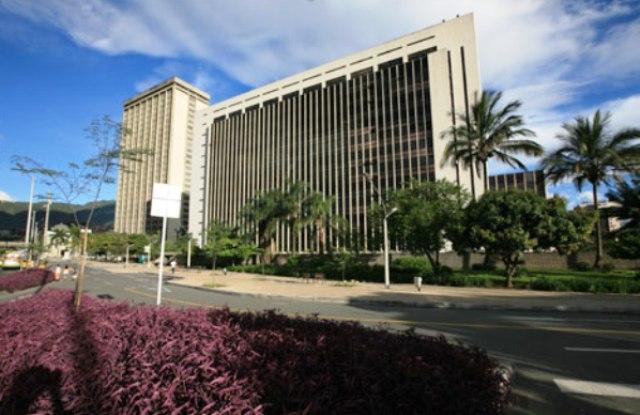 |
Epm Library |
| 1,0 Km |
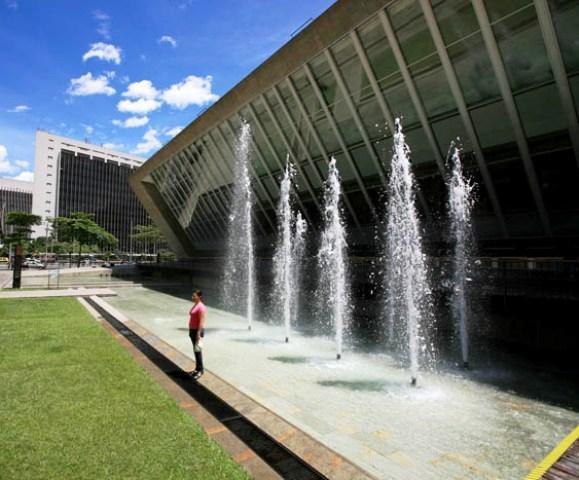 |
Boulevard Artesanal San Antonio |
| 1,3 Km |
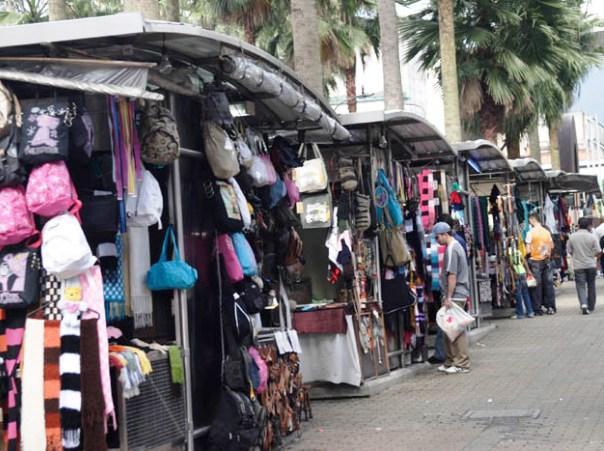 |
La Macarena entertainment center |
| 1,6 Km |
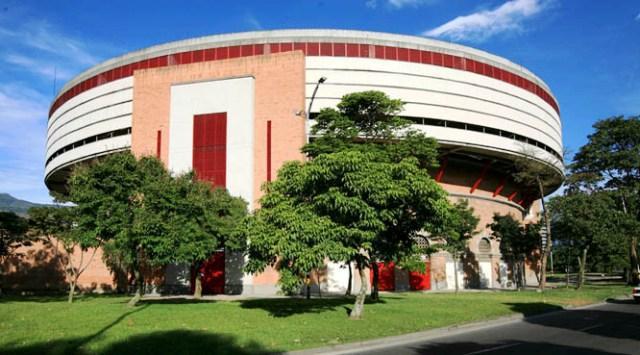 |
Basilica of Our Lady of Candelaria |
| 1,7 Km |
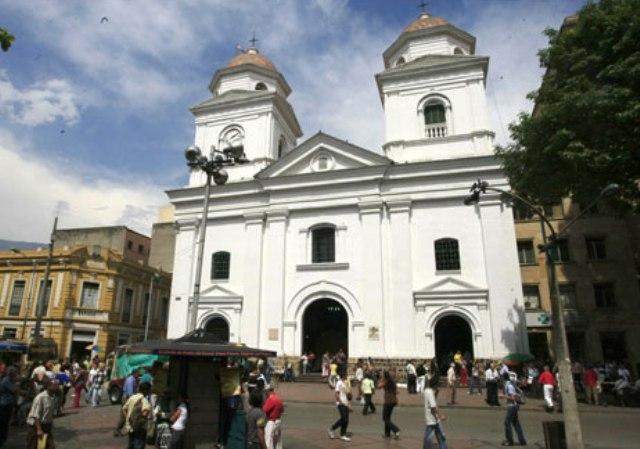 |
Beach Club |
| 1,8 Km |
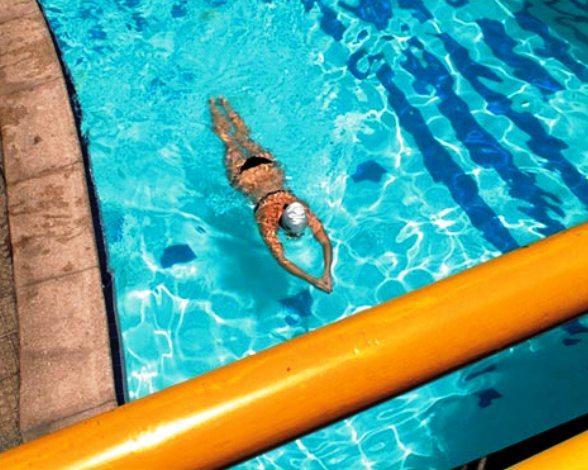 |
Casa Barrientos - House of Children's Reading |
| 1,9 Km |
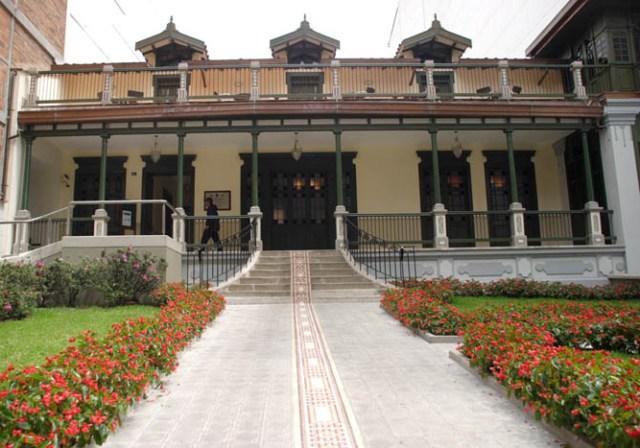 |
Botero Square |
| 1,9 Km |
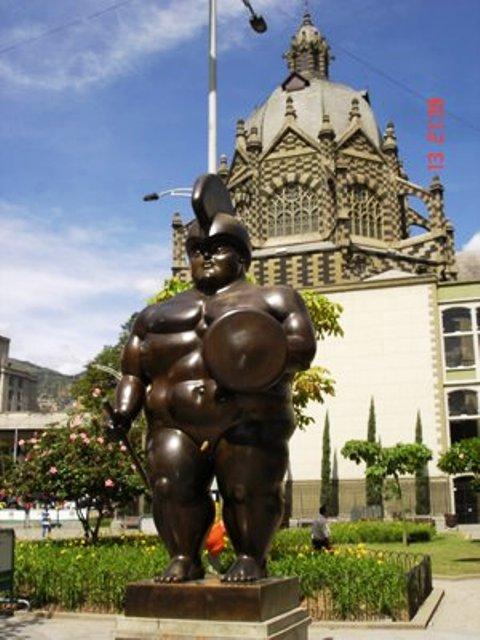 |
Aeroparque Parque Juan Pablo ii |
| 2,2 Km |
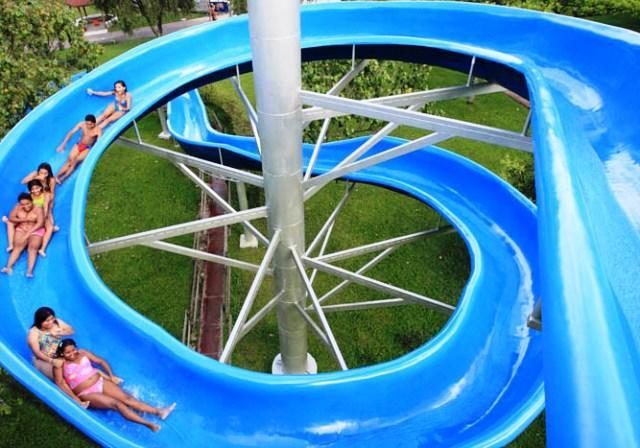 |
Metropolitan Basilica Cathedral |
| 2,3 Km |
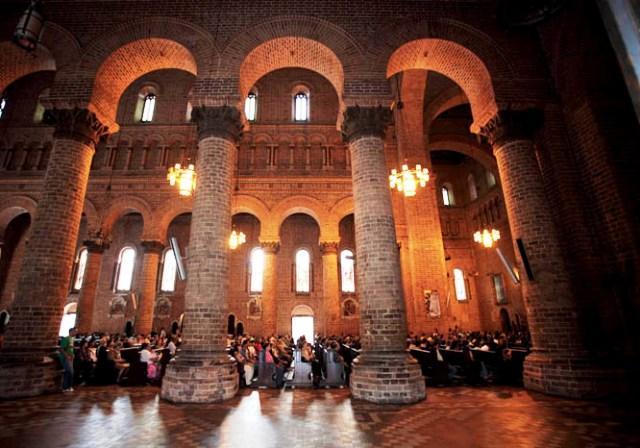 |
Development Park |
| 3,1 Km |
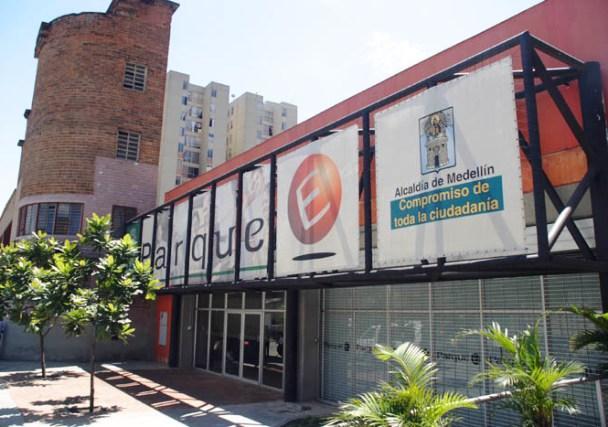 |
House music |
| 3,7 Km |
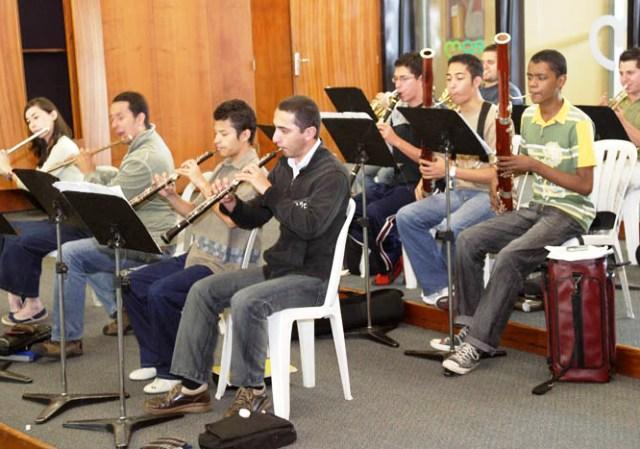 |
Park Explora |
| 3,9 Km |
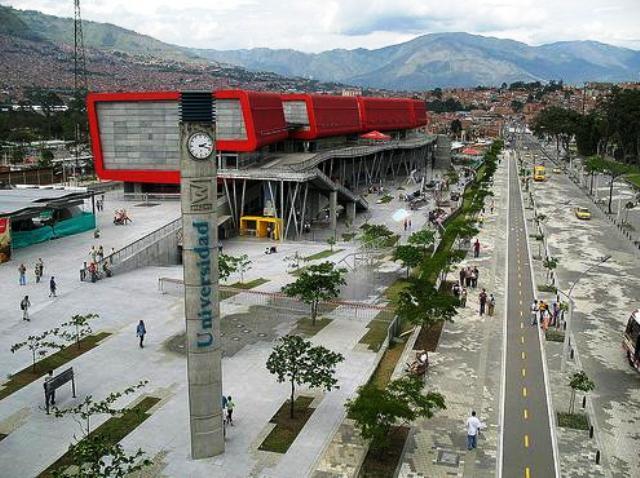 |
Medellin Aquarium |
| 4,0 Km |
 |
Explore Aquarium Park |
| 4,1 Km |
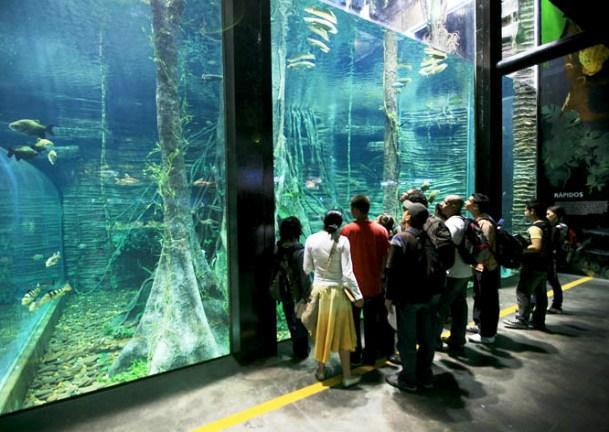 |
North Park |
| 4,1 Km |
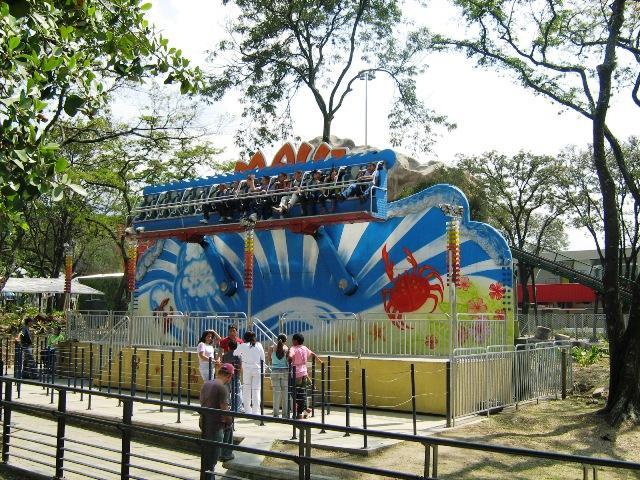 |
Moravian Cultural Development Center |
| 4,6 Km |
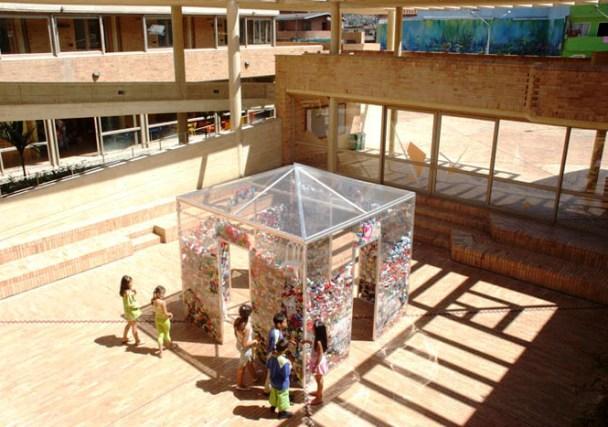 |
Castle Museum |
| 4,7 Km |
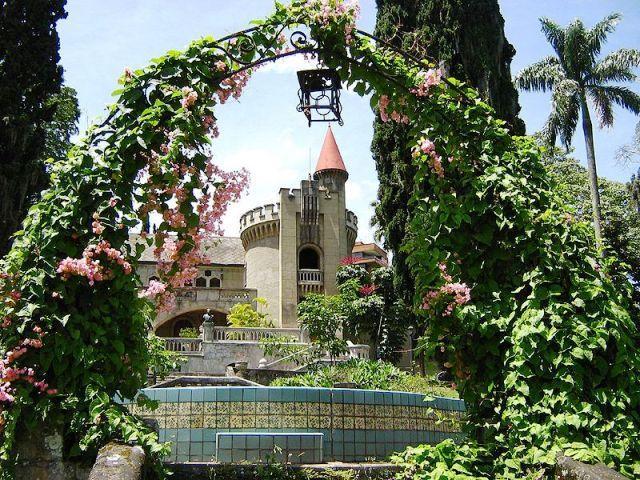 |
Pedro Nel Gómez House Museum |
| 4,8 Km |
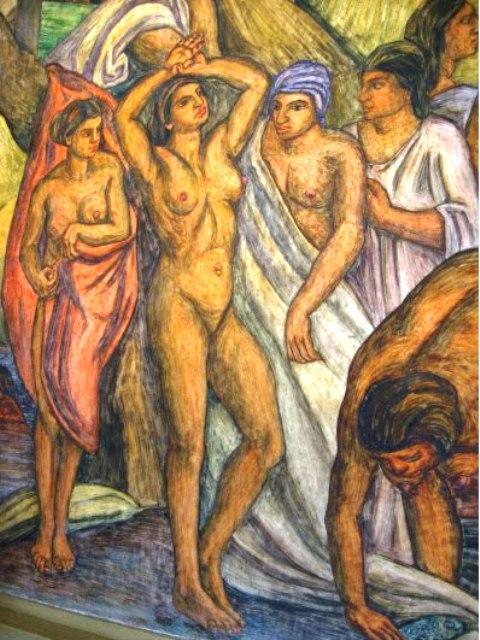 |
Envigado |
| 8,0 Km |
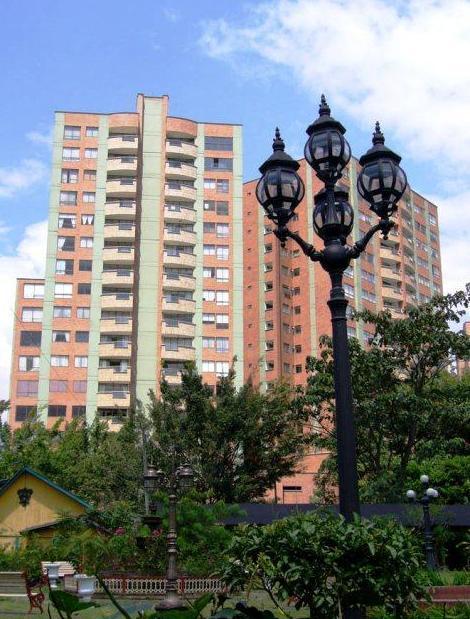 |
Arvi Park |
| 8,5 Km |
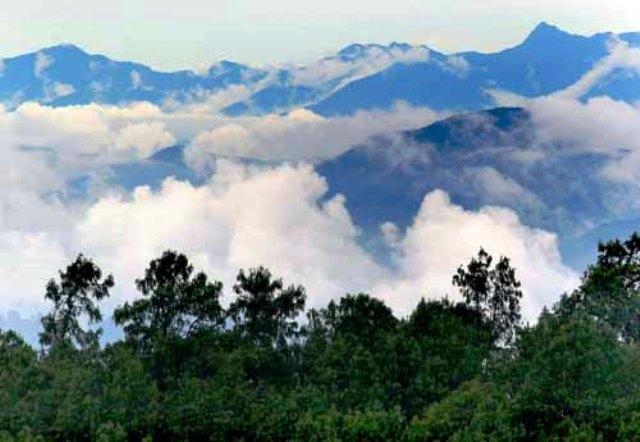 |
Itagüí |
| 9,0 Km |
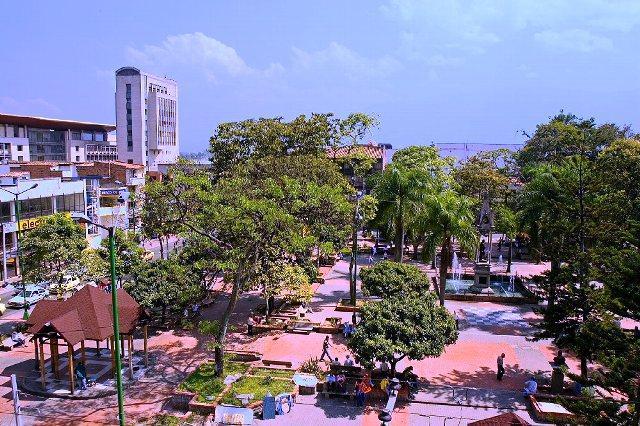 |
Beautiful |
| 11,6 Km |
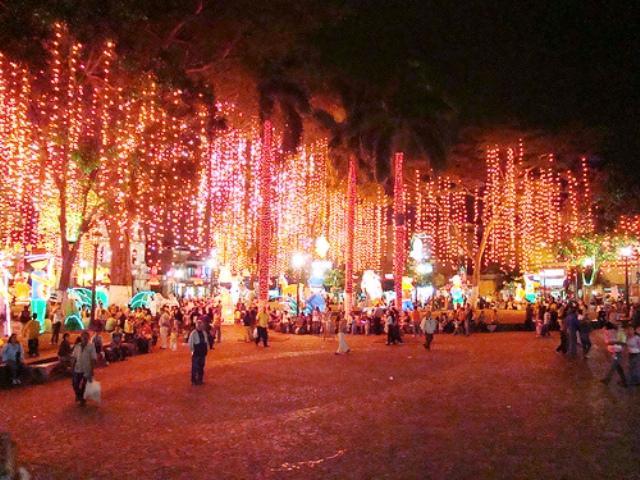 |
The star |
| 12,7 Km |
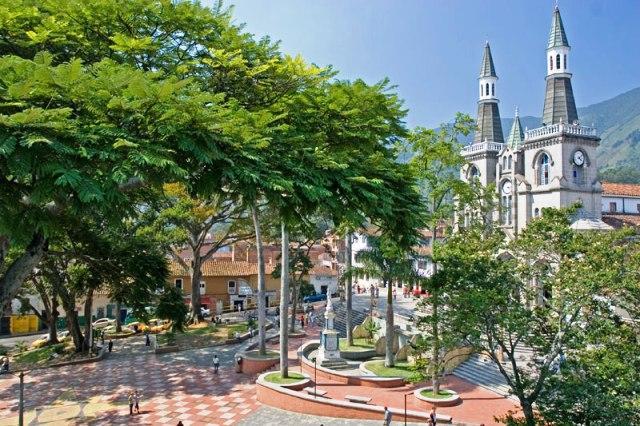 |
Copacabana |
| 14,1 Km |
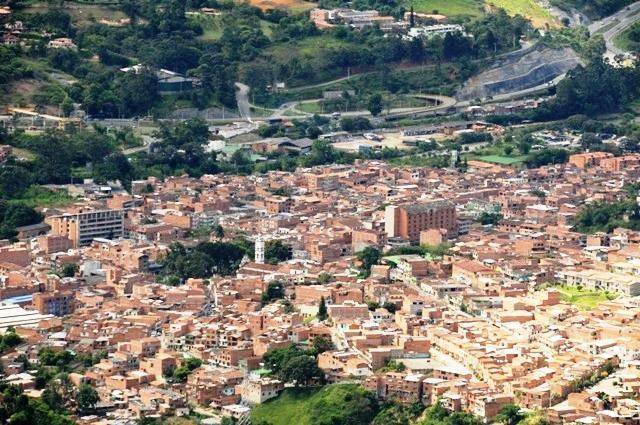 |
Caldas |
| 17,7 Km |
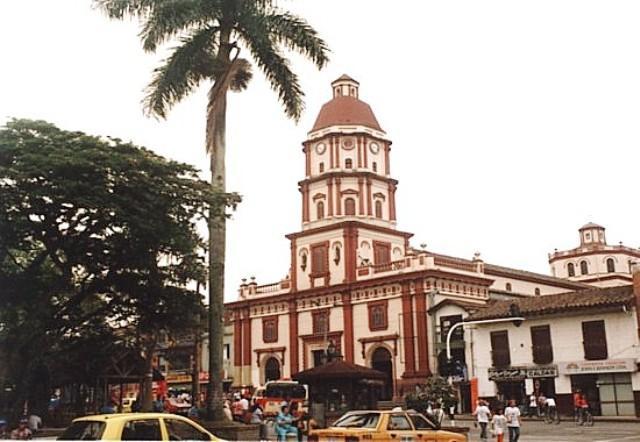 |
Hotel reservation near Medellin within a radius of 20 km
Why to book with ROTAS TURISTICAS
The best prices
Our partnerships with the world´s largest operators offer research on the best market prices.
More options
At Rotas Turisticos you can book the hotel, buy the air ticket, book the transfer from the airport to the hotel and vice versa, book the local excursions, rent the car, take travel insurance and consult the places to visit and where to go.
Holiday Tips & Destinations
Hundreds of holiday destinations with all the options that allow you to easily choose the destination that best suits your dream vacation.
ROTAS TURISTICAS
Links


